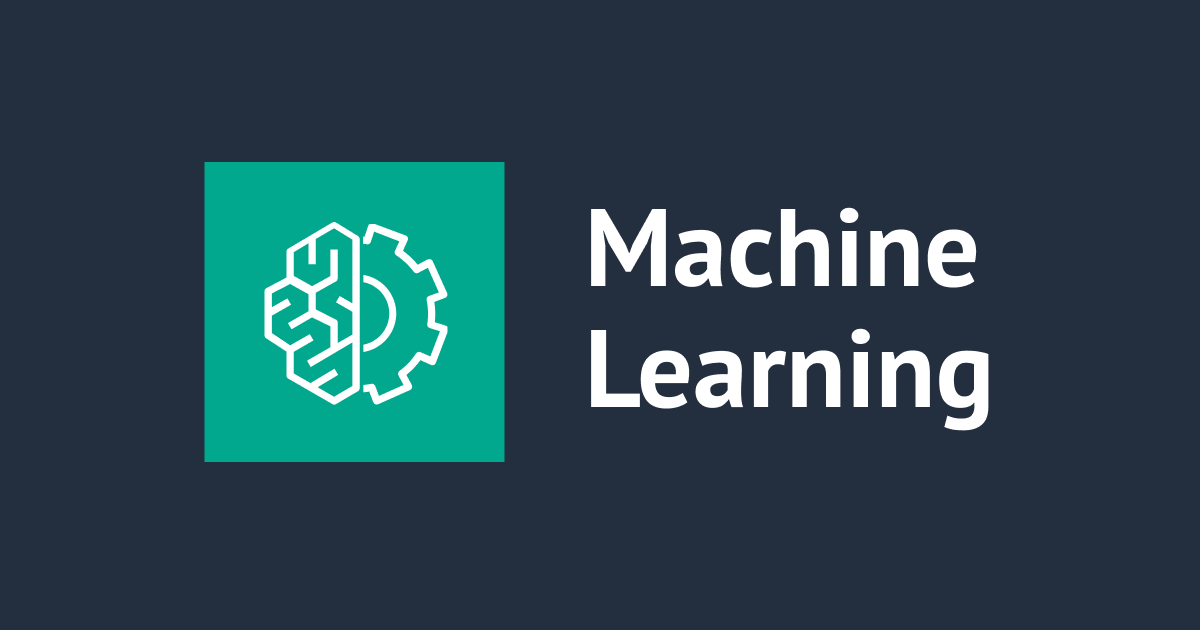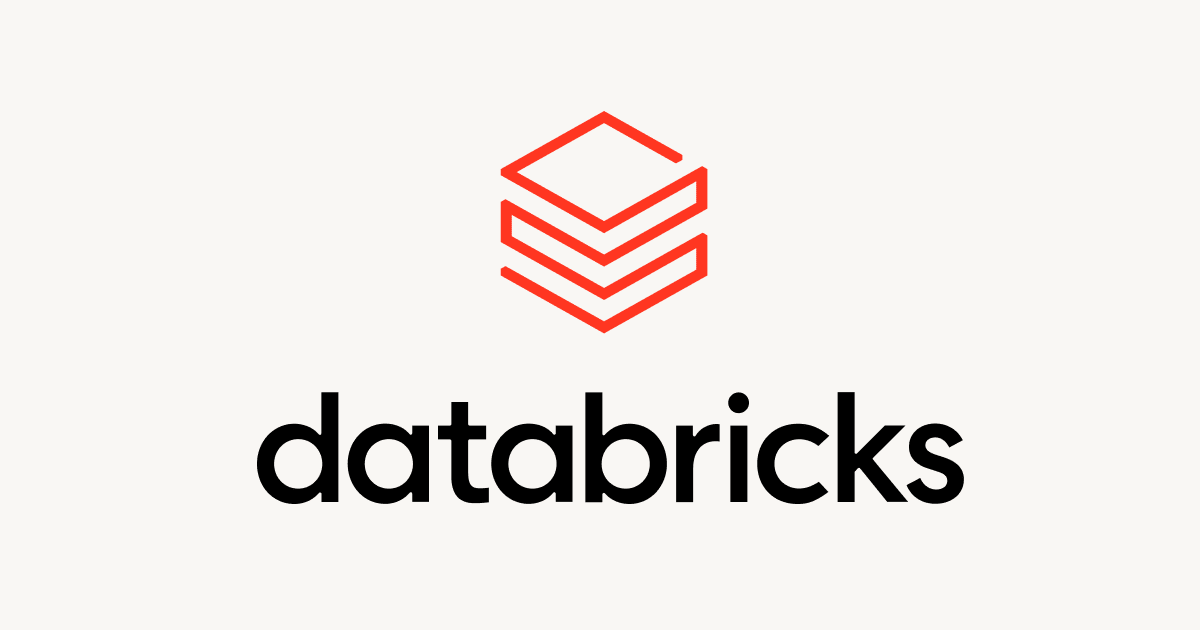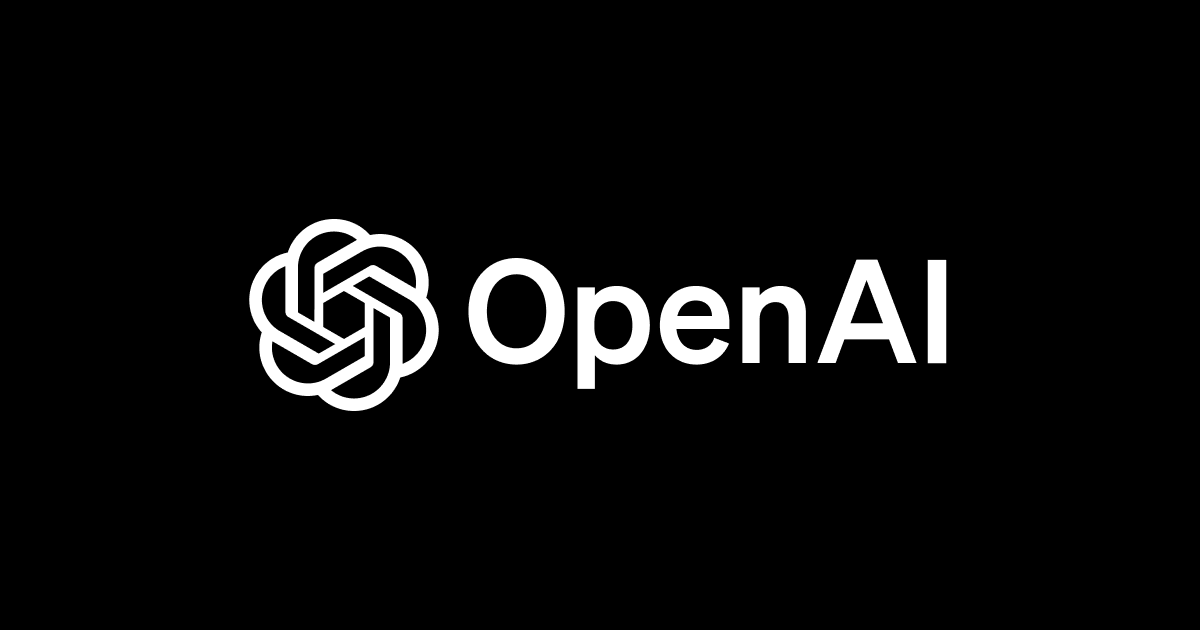
Amazon SageMakerでネジの分類をしてみた
概要
こんにちは、yoshimです。 今回は訳あってSageMakerで「ネジ画像」を分類してみました。 (2018年8月12日追記:手元にある画像を、とりあえずパラメータ等を弄らずに学習してみたらどの程度か、という検証です。)
目次
1.最初に
今回は先日ご紹介したチュートリアルに沿って、ネジ画像の分類をしてみました。
今回挑戦したネジの分類は「なべネジ」、「皿ネジ」、「蝶ネジ」の3種類のどれか、というのを分類するモデルを作成してみようと思います。
・なべネジ

・皿ネジ

・蝶ネジ

今回、上記の3種類のネジ画像を教師データとして用意して学習を進めます。 なべネジと皿ネジの分類が難しそうですね。 どこまでできるかわからないのですが、挑戦してみます。
2.実際にやってみた
実際にやって見たコードについては先日ご紹介したブログをご参照ください。 このコードの「参照する画像を今回用意したネジのデータにした」だけしか変更点はありません。
今回は、ハイパーパラメータの「num_layers」と「epochs」をいじってみて、検証データセットでの精度を確認してみます。 (利用するデータセットが少ないのですが...)
2-1.最小構成
「num_layers」=18、「epochs」=10でやってみました。 「p2.xlarge」インスタンスで6分ほどで完了しました。
・ハイパーパラメータ
# The algorithm supports multiple network depth (number of layers). They are 18, 34, 50, 101, 152 and 200 # For this training, we will use 18 layers num_layers = 18 # we need to specify the input image shape for the training data image_shape = "3,224,224" # we also need to specify the number of training samples in the training set num_training_samples = 114 # specify the number of output classes num_classes = 3 # batch size for training mini_batch_size = 10 # number of epochs epochs = 10 # learning rate learning_rate = 0.01 # report top_5 accuracy top_k = 1 # resize image before training resize = 256 # period to store model parameters (in number of epochs), in this case, we will save parameters from epoch 2, 4, and 6 checkpoint_frequency = 2 # Since we are using transfer learning, we set use_pretrained_model to 1 so that weights can be # initialized with pre-trained weights use_pretrained_model = 1
精度の推移を見てみます。

エポック数が少ないということもあり、まだまだ安定していないですね。 とりあえず、実際に画像データを入れてみて、どんな感じかを確かめてみます。 ここでは、トレーニングにも検証にも利用していない画像を使ってみます。
・皿ネジ

Result: label - saraneji, probability - 0.5205193161964417
皿ネジである確率が52%、と推測しました。
・蝶ネジ

Result: label - tyouneji, probability - 0.9986796975135803
蝶ネジである確率が99%、と推測しました。
・なべネジ

Result: label - nabeneji, probability - 0.9971808195114136
なべネジである確率が99%、と推測しました。
皿ねじの分類が微妙そうでしたが、悪くはなさそうですね。 ただ、まだエポック数も少ないので、偶然良さそうな結果が出ているだけ、と言えそうです。 続いて、エポック数を増やしてみようと思います。
2-2.エポック数を増やしてみた
「num_layers」=18、「epochs」=50でやってみました。 p2.xlargeで9分ほどで終わりました。
# The algorithm supports multiple network depth (number of layers). They are 18, 34, 50, 101, 152 and 200 # For this training, we will use 18 layers num_layers = 18 # we need to specify the input image shape for the training data image_shape = "3,224,224" # we also need to specify the number of training samples in the training set num_training_samples = 114 # specify the number of output classes num_classes = 3 # batch size for training mini_batch_size = 10 # number of epochs epochs = 50 # learning rate learning_rate = 0.01 # report top_5 accuracy top_k = 1 # resize image before training resize = 256 # period to store model parameters (in number of epochs), in this case, we will save parameters from epoch 2, 4, and 6 checkpoint_frequency = 2 # Since we are using transfer learning, we set use_pretrained_model to 1 so that weights can be # initialized with pre-trained weights use_pretrained_model = 1
精度の推移を見てみます。

流石に疑わしい数字ですねwww。 とりあえず、実際に画像データを入れてみて、どんな感じかを確かめてみます。 画像は「2-1.最小構成」と同じものを利用します。
・皿ネジ
Result: label - saraneji, probability - 0.905545711517334
・蝶ネジ
Result: label - tyouneji, probability - 0.9991187453269958
・なべネジ
Result: label - saraneji, probability - 0.9510487914085388
検証精度は良いのに、なべネジを皿ネジだと分類してしまいました。 学習に利用するデータ数が小さすぎることが原因で過学習しているかもしれません。
2-3.層を深くしてみた
「num_layers」=152、「epochs」=10でやってみました。 p2.xlargeで10分ほどで終わりました。
# The algorithm supports multiple network depth (number of layers). They are 18, 34, 50, 101, 152 and 200 # For this training, we will use 18 layers num_layers = 152 # we need to specify the input image shape for the training data image_shape = "3,224,224" # we also need to specify the number of training samples in the training set num_training_samples = 114 # specify the number of output classes num_classes = 3 # batch size for training mini_batch_size = 10 # number of epochs epochs = 10 # learning rate learning_rate = 0.01 # report top_5 accuracy top_k = 1 # resize image before training resize = 256 # period to store model parameters (in number of epochs), in this case, we will save parameters from epoch 2, 4, and 6 checkpoint_frequency = 2 # Since we are using transfer learning, we set use_pretrained_model to 1 so that weights can be # initialized with pre-trained weights use_pretrained_model = 1
精度の推移を見てみます。

エポック数が10ということもあってか、まだ全然落ち着かないですね。
・皿ネジ
Result: label - saraneji, probability - 0.6383892893791199
・蝶ネジ
Result: label - tyouneji, probability - 0.9999992847442627
・なべネジ
Result: label - tyouneji, probability - 1.0
なべネジの分類がうまくいきませんね...。
2-4.層を深くしてエポック数も増やす
「num_layers」=152、「epochs」=50でやってみました。 p2.xlargeで27分ほどで終わりました。
# The algorithm supports multiple network depth (number of layers). They are 18, 34, 50, 101, 152 and 200 # For this training, we will use 18 layers num_layers = 152 # we need to specify the input image shape for the training data image_shape = "3,224,224" # we also need to specify the number of training samples in the training set num_training_samples = 114 # specify the number of output classes num_classes = 3 # batch size for training mini_batch_size = 10 # number of epochs epochs = 50 # learning rate learning_rate = 0.01 # report top_5 accuracy top_k = 1 # resize image before training resize = 256 # period to store model parameters (in number of epochs), in this case, we will save parameters from epoch 2, 4, and 6 checkpoint_frequency = 2 # Since we are using transfer learning, we set use_pretrained_model to 1 so that weights can be # initialized with pre-trained weights use_pretrained_model = 1
精度の推移を見てみます。

なんとなく落ち着いてはいますね。
・皿ネジ
Result: label - saraneji, probability - 0.9747077822685242
・蝶ネジ
Result: label - tyouneji, probability - 0.9123058915138245
・なべネジ
Result: label - tyouneji, probability - 0.9999971389770508
やっぱりまだなべネジがうまく分類できないですね...。
3.まとめ
今回は、ネジの分類にチャレンジしてみました。 データサイズも小さく、ハイパーパラメータのチューニングも碌にしていない割にはまあまあかな、とは思います。
結果
| パラメータ | 皿ネジ | なべネジ | 蝶ネジ |
|---|---|---|---|
| 「num_layers」=18、「epochs」=10 | ○(52%) | ○(99%) | ○(99%) |
| 「num_layers」=18、「epochs」=50 | ○(90%) | × | ○(99%) |
| 「num_layers」=152、「epochs」=10 | ○(63%) | × | ○(99%) |
| 「num_layers」=152、「epochs」=50 | ○(97%) | × | ○(91%) |
課題としては、「なべネジ」を正しく分類できるようにする必要がありそうです。 (「num_layers」=18、「epochs」=10はエポック数が少なく、十分に学習できていないので今回は考慮外)
また、今回このような結果になった原因としては「学習に利用したデータセットが少ない」というのが一番大きいのではないかと思いました。 (3クラスで合計100枚程度の画像で学習したため、過学習に陥っている可能性が大) また、検証データセットで誤分類したクラスはもしかしたら「なべネジ」に偏っているのかもしれません。
次回はデータサイズを大きくする、パラメータチューニングの自動化や、「optimizer」、「augmentation_type」等のパラメータをいじる等の工夫をして再挑戦してみたいと思います。








